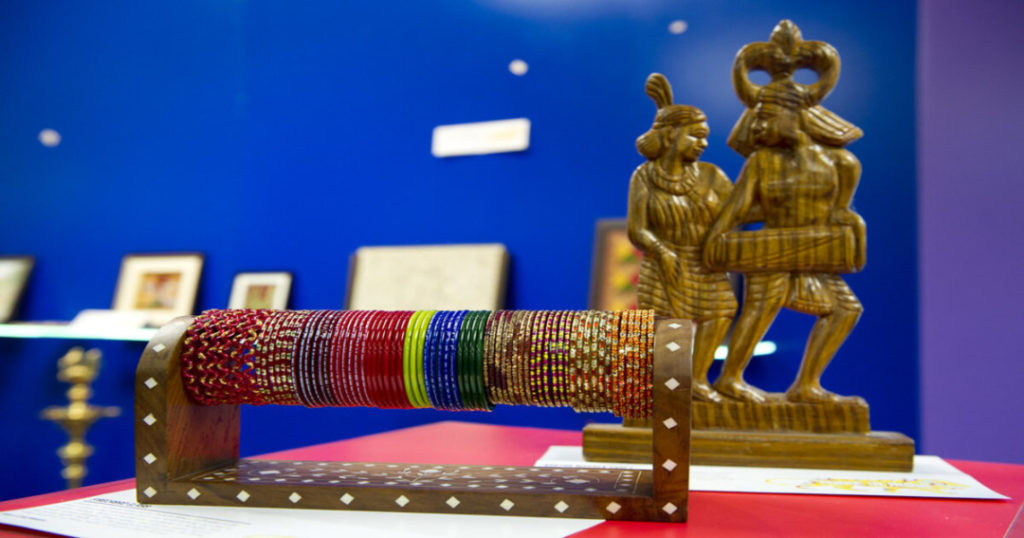
India is a land of astonishing diversity–not just in its people, languages, and landscapes, but in the treasures it produces. Among these treasures are Geographical Indication (GI) tags, a form of intellectual property protection that links a product to its place of origin. While most of us have heard of Darjeeling Tea or Banarasi Sarees, there exists an entire universe of lesser-known, fascinating, and sometimes downright unusual GI tag products in India. From mirrors made of metal to chutneys with a wild twist, here are 10 of India’s most unique GI tags.
But before we dive in, let’s get the basics right.
What’s a GI tag product?
A GI Tag (Geographical Indication Tag) is a label that shows a product comes from a specific place and has qualities, reputation, or characteristics that are linked to that location. It’s like saying, “This can only be made here, anywhere else and it’s just a copy.” As of 2025, India has over 450 registered GI tag products across food, handicrafts, textiles, beverages, and manufactured goods. Once granted, it can last forever, as long as it continues to be used and protected (needs renewal every 10 years, though).
What Makes a GI Tag ‘Unusual’?
Some GI products stand out not just for their quality, but for their stories, traditions, and even quirks. These might be:
- Rare materials or processes you won’t find elsewhere.
- Cultural links to specific communities or rituals.
- Unexpected uses or designs that defy first impressions.
10 Unique & Unusual GI Tag Products in India
1. Bikaner Usta Kala Craft (Rajasthan)

Bikaner Usta Kala is a centuries-old decorative art form from Rajasthan, rooted in the princely culture of Bikaner. ‘Usta’ refers to master craftsmen, whose gold-on-gilt designs—often floral or animal motifs—adorn marble, wood, and even copper surfaces. Unlike conventional Rajasthani crafts, Usta is distinct for its rich, almost embossed look, derived from elaborate layering of gold-leaf and color. It gained the GI tag in 2023 and joined the official GI tag products list.
2. Goa Mankurad Mango (Goa)
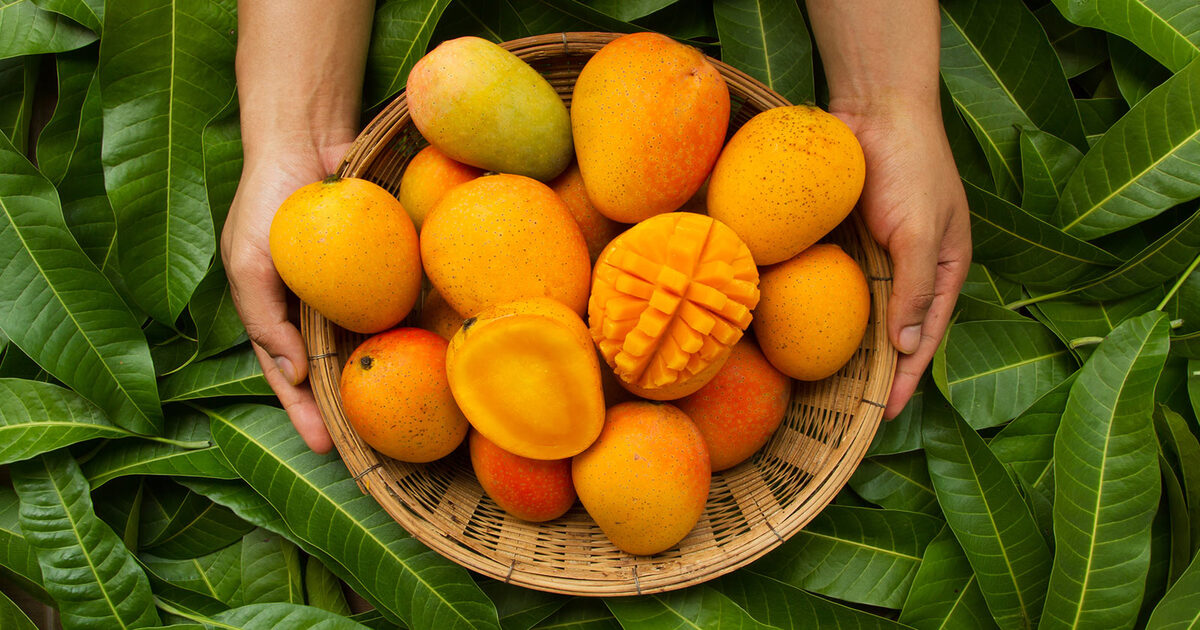
The Goa Mankurad Mango is a summer gem—small, uniformly yellow-skinned, and boasting rich, fibrous flesh that stands apart from the more familiar Alphonso. Its history is entwined with Goa’s colonial past: originally dubbed “Malcorado” (meaning ‘poor-colored’ by the Portuguese), over time the term transformed into ‘Mankurad’ in Konkani. The mango got official among the GI tag products list on 1 August 2023. This recognition protects the mango’s identity, ensures fair pricing for Goan farmers, and prevents external regions from exploiting the name.
3. Telia Rumal (Telangana)
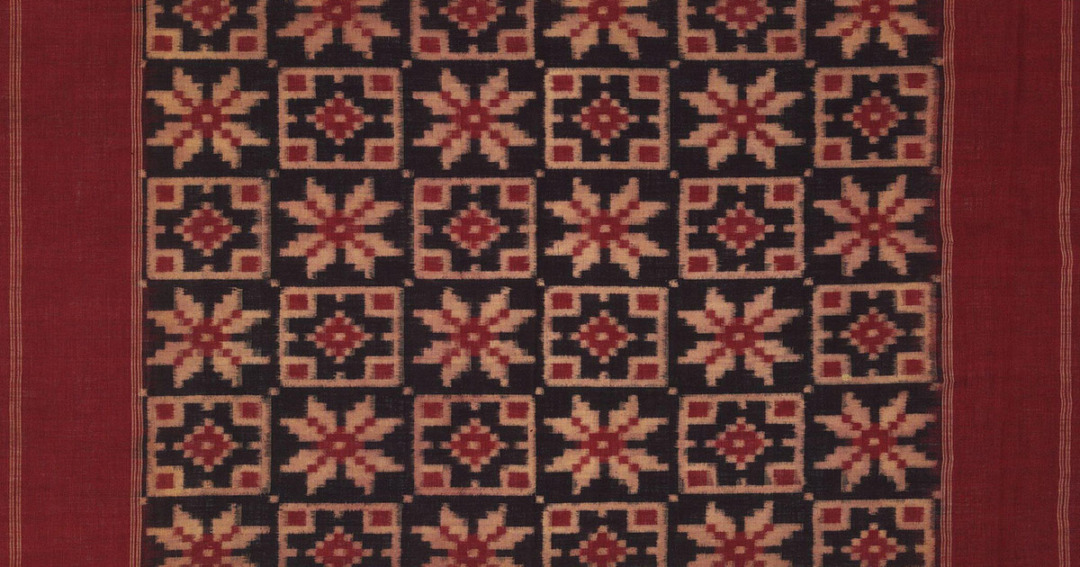
Telia Rumal is an Ikat textile tradition with a twist—central to its distinctiveness is an oil-treatment of yarns (Telia means oil), followed by weaving into vivid patterned ‘rumals’ (handkerchief-like squares) using natural vegetable dyes. Originating from Chirala in Andhra Pradesh, the craft had dwindled before being revived by artisans in Puttapaka, Telangana.
Popular among Hyderabad’s Nizam royal cuisine, Telia Rumal’s oil-treated yarn yields deeper color saturation and better dye penetration. Its recent recognition among GI tag products (around 2020) not only brings visibility back to this heritage art but also sustains livelihoods among rural weavers and supports the resurgence of natural-dye practices.
4. Nilambur Teak (Kerala)

Kerala’s Nilambur Teak is more than wood—it’s a legacy. Known globally for its unmatched mechanical strength, golden hues, fine grain, high oil content, and resistance to wear, it is the first forest wood to receive a spot among the GI tag products list. The GI tag, granted in the late 2010s, formalized its heritage status and protected against fraudulent claims.
5. Meerut Scissors (Uttar Pradesh)

The humble yet remarkable Meerut Scissors are built on a tradition of recycled craftsmanship. For over three centuries, Meerut artisans have fashioned scissors entirely from scrap metal—blades from recycled steel (at times sourced from decommissioned trains or auto parts) and handles from reconstituted alloys or plastics. Beloved for durability and reparability, these scissors embody the local idiom: “bought by grandfather, still used by grandson.” In January 2013, they were awarded a GI tag, prompting standardization while preserving their hand-crafted resilience.
6. Kannauj Perfume (Uttar Pradesh)
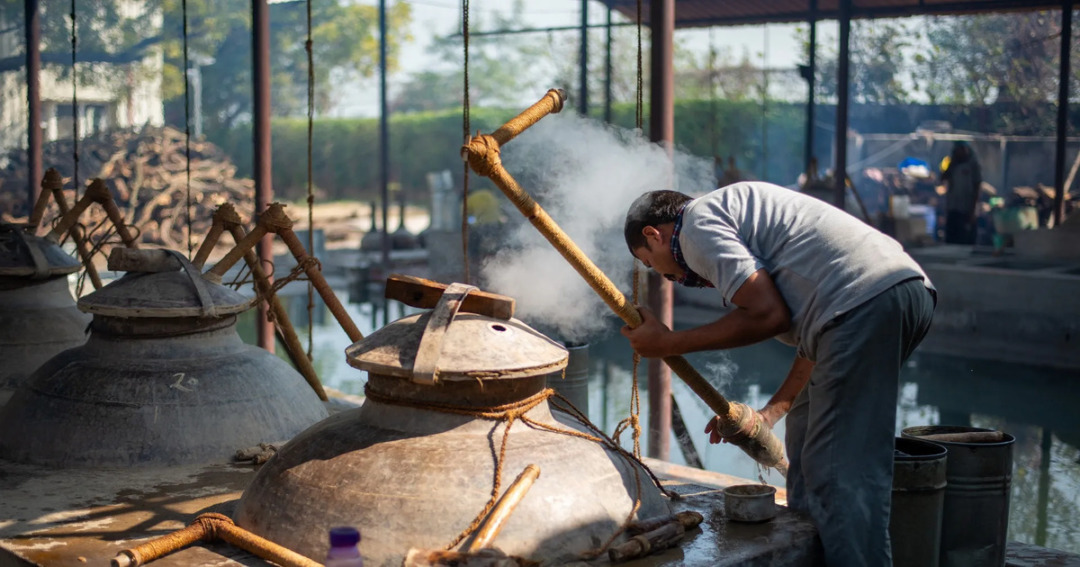
Affectionately dubbed “the Grasse of the East,” Kannauj Perfume (attar) is a centuries-old distillation art, using flowers, herbs, musk, and even soil (for mitti attar). Rather than modern chemistry, artisans use traditional wood-fired stills, passing knowledge down through 30 generations or so. Protected under the GI tag products since 2013–2014, the identification ensures that only traditional, region-specific manufacturing earns the name.
7. Aranmula Kannadi (Kerala)

The Aranmula Kannadi is no ordinary mirror—it’s a mirror made entirely of polished metal (speculum alloy of copper and tin), not glass. Its front-surface craftsmanship ensures flawless reflection without distortion. Polished by secret family methods for days, these mirrors are steeped in legend and temple ancestry, forming part of the revered eight auspicious items (Ashtamangalyam) in marriages. Made official under the GI tag products list in 2004–05, the mirror’s protection safeguards not only its aesthetic and technical uniqueness but also its cultural sanctity.
8. Bobbili Veena (Andhra Pradesh)
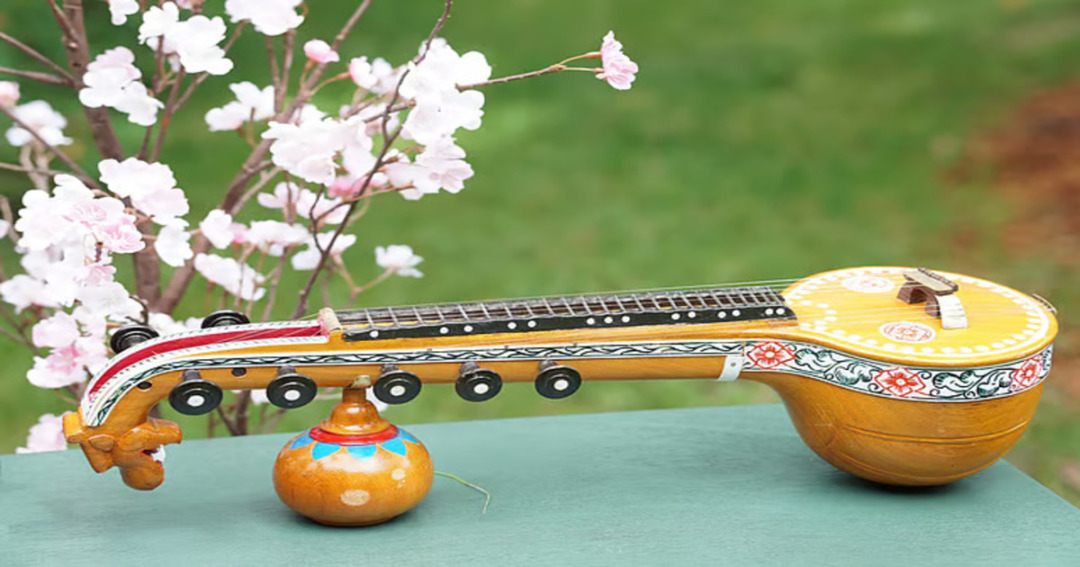
Carved from a single piece of jackwood, the Bobbili Veena is a revered string instrument used in Carnatic classical music. Originating in the 17th century under the rule of Pedda Rayudu, the Gollapalli artisan community developed a tradition known as the “Bobbili Veena Sampradayam”. GI tag products recognition was granted in 2011, affirming both its craftsmanship and musical heritage.
9. Eri Silk (Meghalaya)
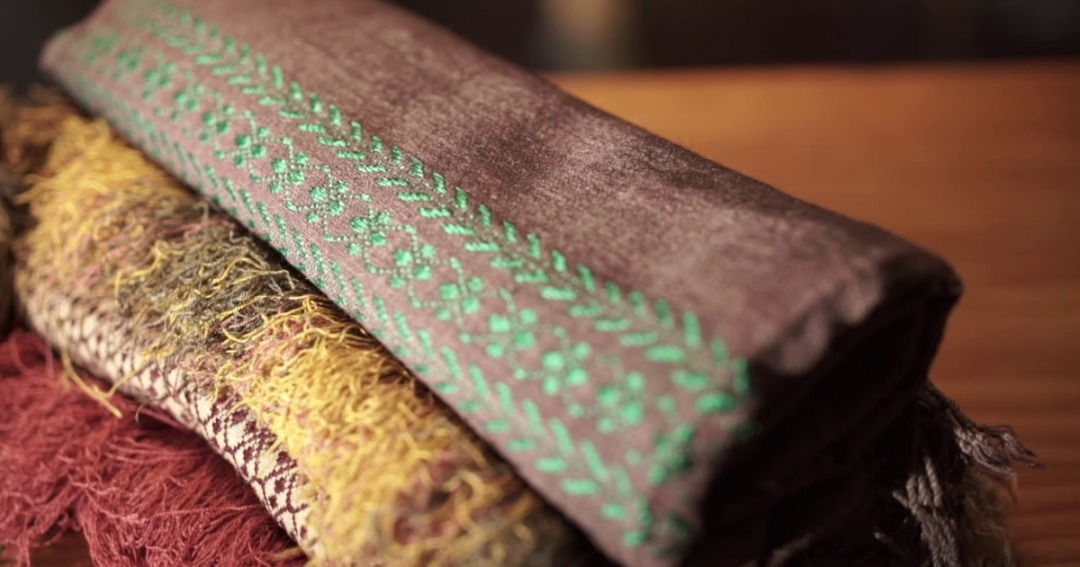
Eri Silk, also known as “Ahimsa Silk,” is cultivated without harming the silkworms—harvesters allow moths to emerge naturally before extracting silk, making the fabric ethically aligned with non-violent values. It offers dual comfort: insulating warmth in winters and cool breathability in summers. One of the more recent introductions, on April 7, 2025, made Eri Silk officially protected.
10. Similipal Kai Chutney (Odisha)
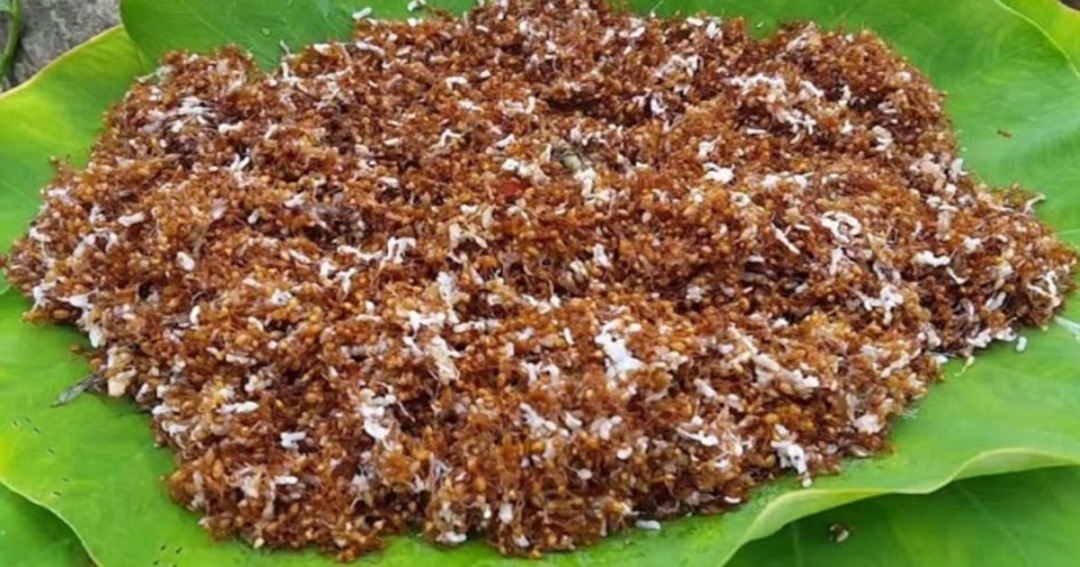
Perhaps the most striking entry of 2024, Similipal Kai Chutney is made from edible red weaver ants, harvested in the Similipal forests of Odisha by tribal communities. Its tangy, protein-rich flavor, wild origin, and link to indigenous culinary traditions make it extraordinarily unique—far from ordinary chutneys.
- Protects authenticity: Prevents fakes from claiming the same origin.
- Boosts the local economy: Farmers, artisans, and producers can charge premium prices.
- Preserves heritage: Keeps traditional methods alive.
- International trade advantage: GI-tagged products can fetch higher demand globally.
Interesting facts about GI Tags and GI Tag Products
- GI tags can be for food, agricultural goods, natural products, or manufactured items (including handicrafts and industrial goods).
- Some products are fiercely protected–France’s Champagne region won’t let sparkling wine from anywhere else be called “Champagne.”
- Darjeeling Tea was the first product to get a GI tag in India in 2004–2005
- Rosogolla sparked a famous GI battle between West Bengal and Odisha. In 2017, West Bengal got the GI for “Banglar Rasogolla,” while Odisha later got one for “Odisha Rasagola” in 2019. Other heated disputes: Tirupati Laddu, Basmati Rice, Kashmiri Saffron. Some battles can get International, famous examples include Basmati rice (India vs Pakistan) and Feta cheese (EU vs rest of the world).
- Many GI-tagged products are tied to centuries-old traditions — for example, Kanjeevaram Sarees (Tamil Nadu) are woven with techniques that haven’t changed for over 400 years.
- Some products have “shared” GIs across states, like Madhubani Painting is shared between Bihar and Nepal because of its cross-border heritage.
Now You Know…
India’s GI tag products mean a lot to the people and the culture, they are not just identification but a protection, a symbol of cultural preservation. From all states and UTs, there emerge a lot of foods, handicrafts, practices, customs that need national and international recognition and protection, and GI tags ensure that. From ant chutney, musical strings to flawless mirrors, there exist more than 450 products that deserve your attention.
Download Explurger Now- Click Here

